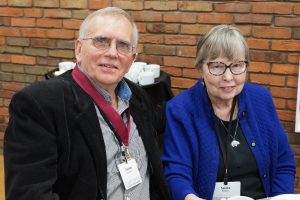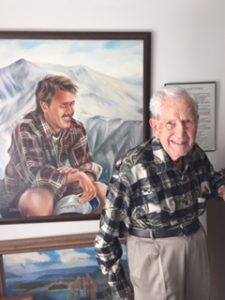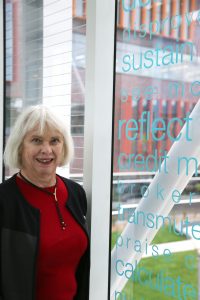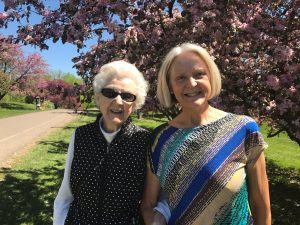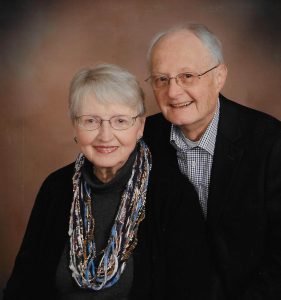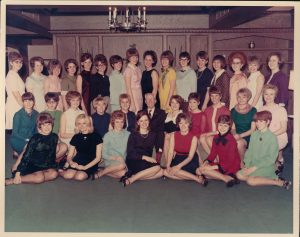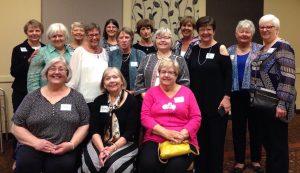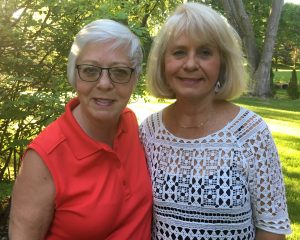Eric B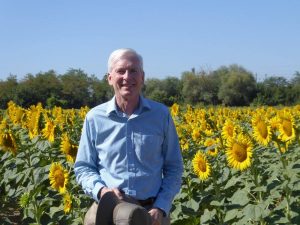 rowning-Larsen ’75 believes in education. That belief is strong, persistent, and broad, compelling him to champion learning that takes root in college but continues to grow through travel, career challenges, and creative pursuits. Already a contributor to the Mary E. Larsen International Studies Scholarship and the Murphy Square Literary Award, Browning-Larsen has designated estate gifts to benefit both causes.
rowning-Larsen ’75 believes in education. That belief is strong, persistent, and broad, compelling him to champion learning that takes root in college but continues to grow through travel, career challenges, and creative pursuits. Already a contributor to the Mary E. Larsen International Studies Scholarship and the Murphy Square Literary Award, Browning-Larsen has designated estate gifts to benefit both causes.
Mary E. Larsen is Browning-Larsen’s mother, a feisty 92-year-old who still lives on her own in Park Rapids, the small town where Browning-Larsen was born and raised. Widowed when her husband died in his early ‘30s, she worked for more than 30 years in customer service at Minnesota Power, then retired to her lake home, where she continued to do the yard work and maintenance well into her 80s. Although she did not go to college, she imbued her son with global curiosity, perhaps through their subscription to National Geographic and her opinionated, and continuing, monitoring of current events around the world.
Browning-Larsen chose Augsburg for simple reasons. “I wanted to go to the big city. And my father was a Lutheran,” he says, noting with a chuckle that his mother was a Methodist, but he didn’t hold that against her. As a freshman, he embraced numerous activities, serving in the student senate, becoming editor-in-chief of the student newspaper and editor of the Murphy Square Journal, and participating in politics and the anti-war movement. His busy extracurricular schedule left little time for travel, but that soon changed.
His business ambition led him to combine a master’s degree in industrial relations from the University of Minnesota with a law degree from then William Mitchell (now Mitchell Hamline) School of Law. After his first year of law school, he participated in an international study program at Oxford University.
“I enjoyed it so much I went back the following summer, to Exeter. One of my scholarship goals is to encourage people to study abroad, which is an education in and of itself. Fortunately, I had that opportunity early on,” he says. “Travel is a wonderful educational experience. You hear other languages, you meet people from different cultural backgrounds, and you learn what works well in other countries. I have been traveling nonstop ever since.”
Browning-Larsen’s corporate career in human resources included stints at The Toro Company, Graco, and Comserv in Minneapolis and Eddie Bauer in Seattle. He was vice president of international operations for Flow International, which took him to Europe one month and Asia the next. In his late 30s, he left the corporate world to start his own Asia-focused management consulting firm, which he headed for eight years. He also launched several Great Clips for Hair beauty salon franchises in the Pacific Northwest during this period, and somehow found time to write a book, Lucky at Love: Stories and Essays from Asia, which perhaps inspired some of his scholarship generosity.
“I want to encourage people who are doing creative writing, and the Murphy Square Literary Award is a way of providing some recognition for them,” Browning-Larsen says. “I also see higher education as a chance to level the playing field for people. Not everyone was born a Trump.”
After the 9/11 attacks, when the economy forced an end to his gig with a wireless software start-up company, he became a foreign service specialist with the State Department and was posted to Bosnia, India, Nepal, Afghanistan, Hong Kong, Pakistan, Iraq, and Italy. Currently serving in Rome as the senior human resources officer for U.S. embassies, Browning-Larsen hopes to do more writing when he retires next January. He is also looking forward to hiking, gardening, political activism, and, yes, more international travel. Call it continuing education, a passion he aims to pass along through his scholarships.
“I benefitted from the education I received at Augsburg, and I have a sense of obligation, a need to give back. My objective is also to provide more than I received,” he says. “Over time, I hope that other people will benefit as well.”

